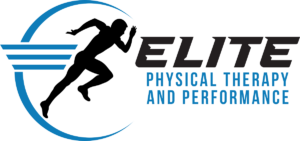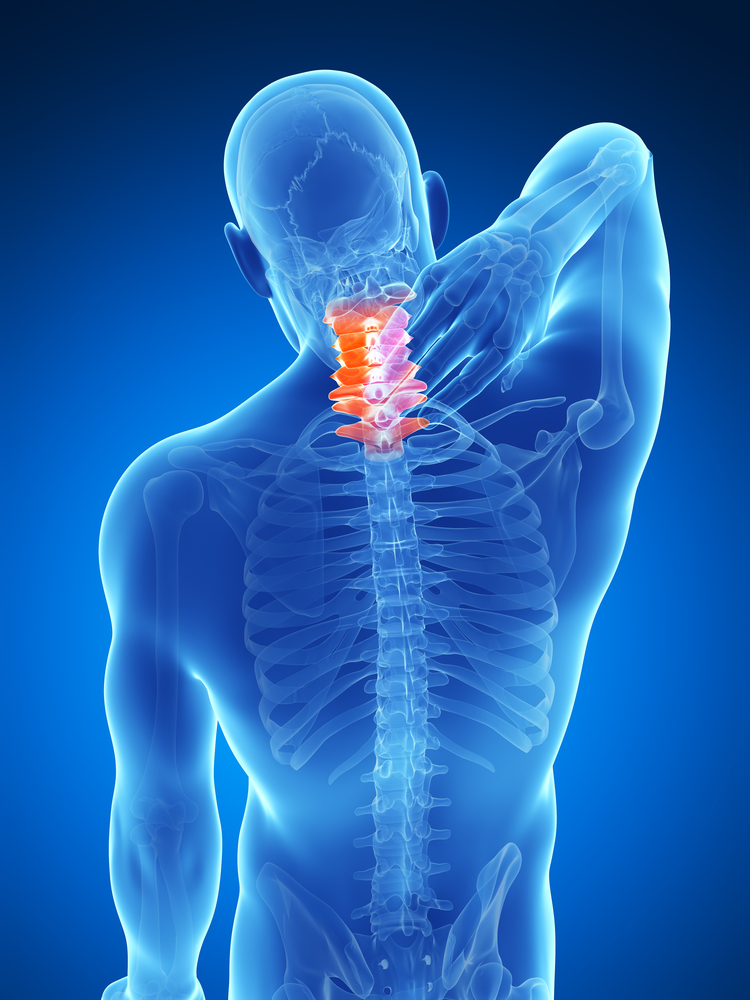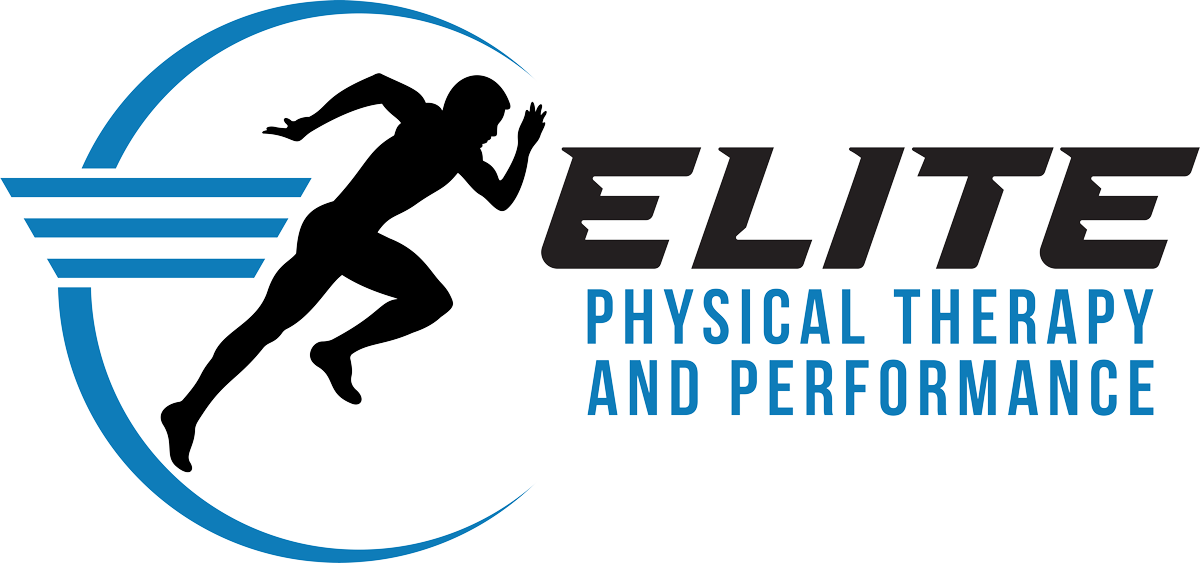Introduction:
Dealing with TMJ pain can be a real headache, but physical therapy might just be the solution you’ve been searching for. In this blog, we’ll explore how physical therapy can help alleviate TMJ pain and improve your overall quality of life.
1. Evaluation and Diagnosis:
When you visit a physical therapist for TMJ pain, they will conduct a thorough evaluation to determine the underlying causes of your discomfort. They will assess your jaw movement, muscle strength, and joint mobility to identify any imbalances or dysfunctions. This evaluation helps create a personalized treatment plan tailored to your specific needs.
2. Manual Therapy Techniques:
Physical therapists use various manual therapy techniques to alleviate TMJ pain. These techniques may include gentle mobilizations, soft tissue massage, and stretching exercises to improve joint mobility and reduce muscle tension. Manual therapy can help restore proper alignment and function of the jaw joint, providing relief from pain and discomfort.
3. Jaw Exercises:
Physical therapists will guide you through specific exercises to strengthen and stretch the muscles involved in jaw movement. These exercises can help improve muscle coordination, increase jaw stability, and enhance overall jaw function. By incorporating these exercises into your daily routine, you can gradually reduce TMJ pain and improve your jaw’s range of motion.
4. Posture and Body Mechanics:
Poor posture and body mechanics can contribute to TMJ pain. Physical therapists will educate you on proper posture and body mechanics to minimize stress on the jaw joint. They may also recommend ergonomic modifications to your work or daily activities to reduce strain on the jaw. By making these adjustments, you can prevent further aggravation of TMJ symptoms and promote healing.
5. Stress Management:
Stress and anxiety often exacerbate TMJ pain. Physical therapists can teach you relaxation techniques, such as deep breathing exercises and mindfulness practices, to manage stress levels. By incorporating stress management techniques into your daily routine, you can reduce muscle tension and alleviate TMJ pain.
6. Education and Self-Care:
Physical therapists play a crucial role in educating patients about TMJ pain and self-care strategies. They can provide guidance on proper nutrition, avoiding hard or chewy foods, and implementing self-care techniques like heat or cold therapy. By following these recommendations, you can support the healing process and prevent future TMJ flare-ups.
Conclusion:
Physical therapy offers a holistic approach to treating TMJ pain, addressing the root causes and providing effective relief. By working with a physical therapist, you can regain control over your TMJ symptoms and improve your quality of life.






